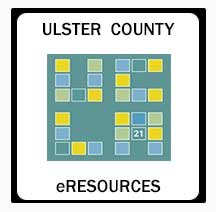Purple Air Sensor
What Is Purple Air?
Purple Air sensors measure airborne particulate matter (PM). Particulate matter describes solid particles suspended in air, including dust, smoke, pollen, and other organic and inorganic particles. You can find the readout of the library’s Purple Air sensors here.
Two lasers within the sensors alternate every five seconds and count the number of particles by particle size (0.3, 0.5, 1, 2.5, 5, and 10 μm). From there, the device calculates mass concentrations of PM1.0, PM2.5, and PM10. These masses are then used to compare to the Air Quality Index, a guide created by the EPA to quantify different thresholds and their related air quality impacts on human health.
Air Quality Index Values
| AQI Color | Levels of Concern | Values of Index | Breakpoints (24-hour average) | Description of Air Quality |
| Green | Good | 0 to 50 | 0 – 12.0 µg/m3 | Air quality is satisfactory, and air pollution poses little or no risk. |
| Yellow | Moderate | 51 to 100 | 12.0 – 35.4 µg/m3 | Air quality is acceptable. However, there may be a risk for some people, particularly those who are unusually sensitive to air pollution. |
| Orange | Unhealthy for Sensitive Groups | 101 to 150 | 35.5 – 55 µg/m3 | Members of sensitive groups may experience health effects. The general public is less likely to be affected. |
| Red | Unhealthy | 151 to 200 | 55.5 – 150.4 µg/m3 | Some members of the general public may experience health effects; members of sensitive groups may experience more serious health effects. |
| Purple | Very Unhealthy | 201 to 300 | 150.5 – 250.4 µg/m3 | Health alert: The risk of health effects is increased for everyone. |
| Maroon | Hazardous | 301 and higher | 250.5 – 500 µg/m3 | Health warning of emergency conditions: everyone is more likely to be affected. |
How Do I Use the Purple Air Map?
The Purple Air map is a web application that displays a network of community-owned, Purple Air sensors. Each sensor uploads data to the Purple Air map in real time. To find information from the library’s sensor, simply click here. From there, click on a point to see that sensor’s name and data.







